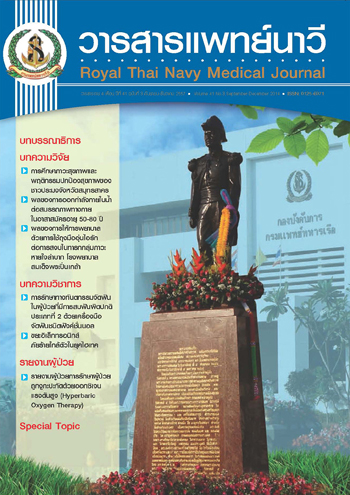ขยะอิเล็กทรอนิกส์ภัยร้ายใกล้ตัวในยุคไฮเทค
Main Article Content
Abstract
It is undeniable that electrical and electronic equipment (EEE) has become a part of
our daily life. Unfortunately, rapid product innovation and short technology cycle cause
most equipment to have shorter service life and consequently end up as e-waste. The
e-wastes can be described as discarded or expired electrical or electronic devices that
include household and business electrical appliances as well as batteries. Department of
Industrial Works reported that in 2013 domestic e-waste generation was more than 20
million pieces and continued to grow at the rate of 10% per year. By the end of 2014, Thailand
will generate approximately 23 million pieces of domestic e-waste and 24 million
pieces by year 2015. Since e-wastes comprise valuable and precious materials as well as
toxic and hazardous materials, proper e-waste management is required to avoid severe
adverse impacts on public health and the environment, especially from haphazard recycling
activities. As a consequence of the loopholes in Thai regulations, there are many poorly
operated e-waste recycling activities taking place, especially in the northeastern region of
Thailand. This number will continue to grow unless there is serious action taken by agencies
in charge and all sectors.


